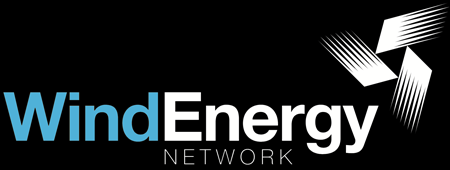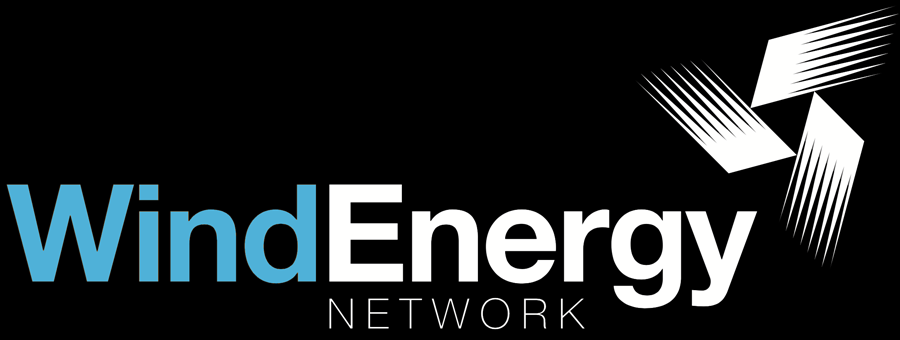Facilitating windfarm portfolio optimisation with a proven data management system
Windfarms are rapidly rising in numbers, and many operators now find themselves with a diverse portfolio – some are also pioneering new domains, such as floating offshore installations
Operational and maintenance (O&M) best practices of those installations are still not firmly established and must be expected to evolve with the development of technology. General numbers suggest that as much as 30% of the energy costs produced are related to O&M – within their asset portfolios, many operators are now focused on optimizing both the cost and safety of their operations.
Data
Each windfarm in a portfolio produces a significant amount of data and a large percentage of this data originates from sensors and systems used to operate the various windfarm components, such as turbines, support structures, onshore/offshore substations and export cables.
The total number of real-time data points streaming out of one windfarm is in the order of 100,000 – for a portfolio, we are talking about millions of data points.
These asset data, across the portfolio, provide invaluable input to the various activities within O&M, such as equipment failure rate analysis, reliability, availability and maintainability of the equipment, condition monitoring of the equipment, effect of different maintenance strategies and maintenance scheduling and optimisation.
Data management
Managing such asset data across a portfolio is not a trivial task – several subtopics within real-time data management are important to get in place…
- Weak reliability and quality – these are two of the biggest concerns in the domain. The transfer of the continuous data streams from sensors and plant systems to the various O&M processing and analytical applications often fail, resulting in inconclusive operational decision support or analysis
- Manual data semantics translation – this is often a never-ending and costly activity. With data semantics, we are talking about the meaning of the data. The O&M applications processing the data must interpret the meaning of the data correctly. The origins of the data, through the sensors and plant systems, will often have little context to guide this meaning. Or, the context and meaning might be defined by the equipment vendor or people involved in commissioning the sensors and plant systems. Such vendor and commissioning-specific contexts will then be different across the portfolio. The result is a ceaseless manual data interpretation activity for each asset in the portfolio
- Cybersecurity threats – an ongoing concern – it might be an even more significant challenge after getting reliability and quality in place if this is not done correctly since the transmission structure for the data might expose plant systems to cybersecurity threats
Industry experience
For several decades, TGS (formerly TGS-Prediktor) has been working with these data management topics for numerous industrial domains, including oil and gas, maritime, hydropower, and solar PV. The accumulated results of this field experience have been embedded in the TGS Data Gateway product – for some years now, this product has been utilised by operators of offshore windfarms and is today operational in the world’s largest offshore windfarm, Dogger Bank.
The TGS Data Gateway is a large-capacity real-time data management system for industrial plant portfolios. The reliability and quality of data transmission in the system have evolved through its usage in thousands of mission-critical field installations. Among this product’s success stories is the data management of approximately one million data points in the plant systems at Johan Sverdrup, Norway’s largest oil field development since 1980.
Industry standard
Industry-standard information models provide context to the data streams in the TGS Data Gateway. This means that for a specific domain, such as windfarm portfolios, the system will add or map to a standardised context for each particular signal. At the destination of the data streams, the O&M applications serve a well-defined data context, standardized for the wind farm domain and independent of the specific equipment vendor or commissioning organisation.
This means that all data for the same item, i.e. wind turbine status, for each plant across the portfolio is described in the same manner. This eliminates the constant need for manual data interpretation activity and ensures that various O&M applications can be scaled efficiently across the windfarm portfolio.
Normalised and standardised data context across the portfolio is also essential for using machine learning methods and establishing best practices across the organisation. The semantics in IEC 61850 and IEC 61400-25 are used as the industry standard for the windfarm domain.
Data exchange standard
OPC UA is the data exchange standard that the TGS Data Gateway uses for reliable data stream transmission and contextualisation. OPC UA is used across all industrial domains and supported by a dominating percentage of industrial software vendors. It has been tested by the German government, NSA, and FBI to protect against common cyber threats when appropriately configured.
TGS Data Gateway is a great selection for data management across a windfarm portfolio – it will cope with a portfolio’s data and securely bring them to the various applications of choice to use to optimise cost or safety. See diagram above.
It will assist an O&M strategy of continuously reducing costs by moving activities from the local site to central portfolio operations, establishing new best practices and automating operational predictions through machine learning.
TGS

